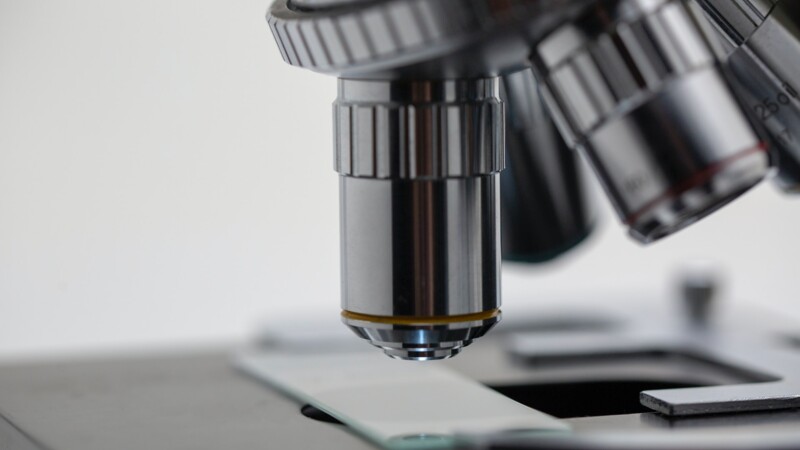"Previous wireless pacemakers were unsuitable for this group of patients because they could not perceive the atrial movement. This latest pacemaker can ensure that atria and ventricles beat in a co-ordinated manner in patients with this disease," said Dr. Tobias Tönnis, Head of the Device Division of the Clinic for Cardiology at the UKE. The new pacemaker is about the same size as a vitamin tablet and can be implanted in a minimally invasive manner and is invisible to patients.
Doctors at the University Heart and Vascular Center at the University Hospital Hamburg-Eppendorf (UKE) have implanted the world's tiniest wireless pacemaker with atrial perception in a 23-year-old patient, a press release said Friday (July 24, 2020). The pacemaker was developed for patients with a special cardiac dysrhythmia.
New pacemaker perceives atrial movement
Normal heart rhythm can be restored
The patient had suffered from a heart disease in which the electrical conduction between the chambers of the heart (atria and ventricles) was disturbed. Pacemakers are most common treatment and help restore normal heart rhythm and relieve symptoms such as shortness of breath, dizziness or fainting by co-ordinating the electrical activity of the atria and ventricles. To date, patients have been fitted with a dual-chamber pacemaker, which is implanted in the upper chest cavity under the skin below the collarbone and connected to the heart with thin wired. The new pacemaker is barely visible.
sm/pb
Sources and further information
More
Similar articles

Health carers to get bonus of EUR 1,500

Coronavirus affects heart and alters gene activity of cells

Children’s mental health deteriorating in pandemic
